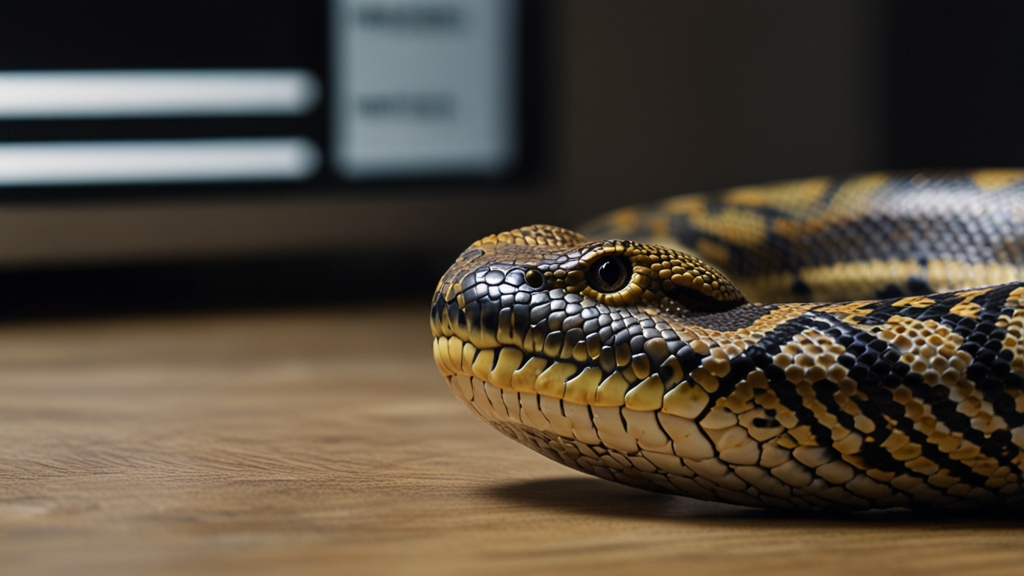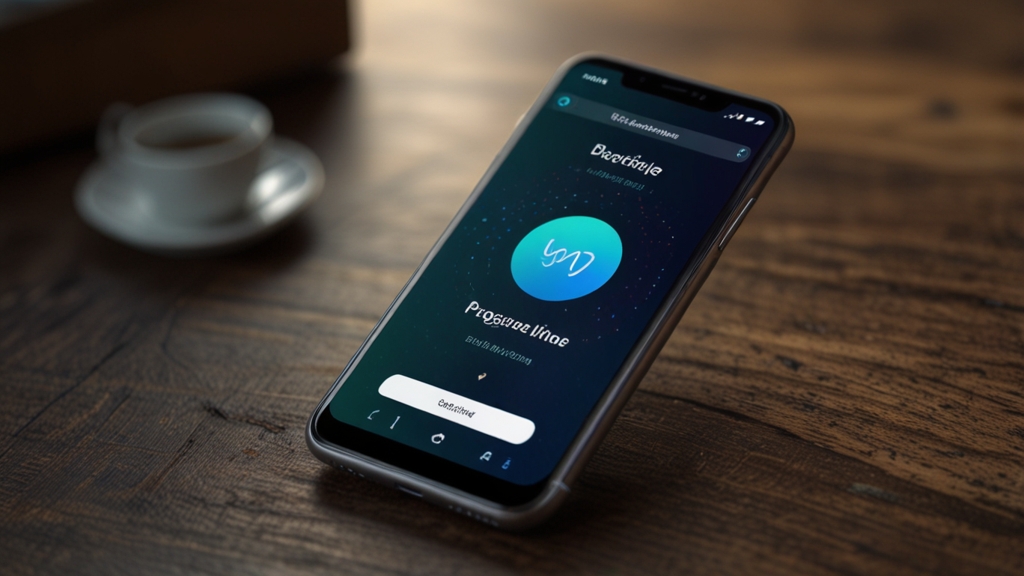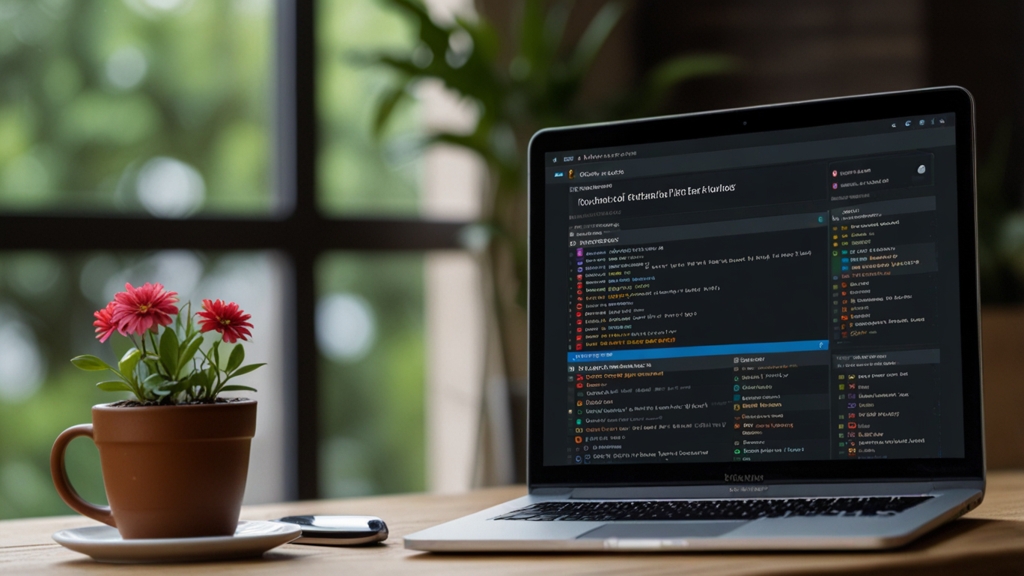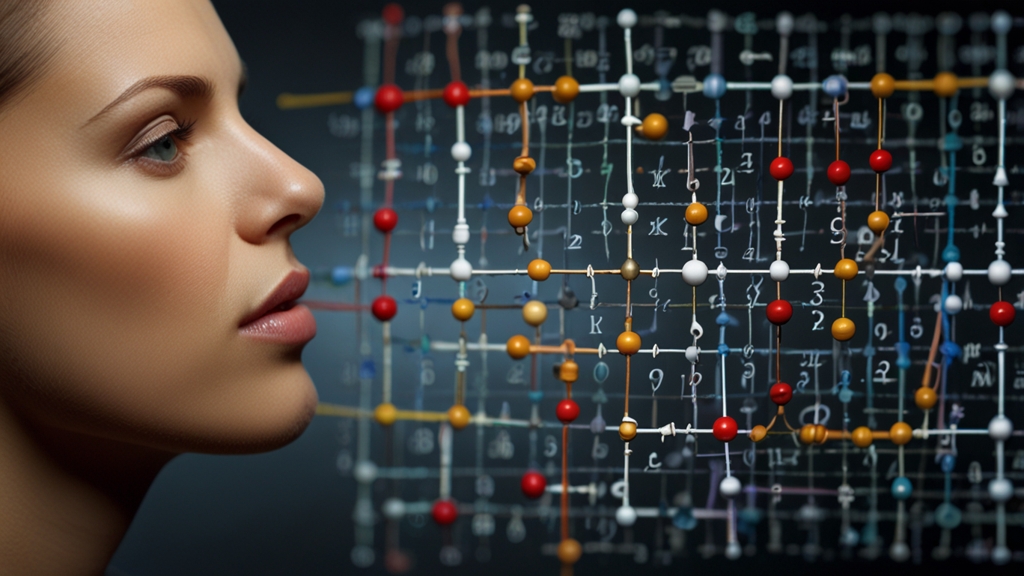Exploring Python's Role in the Internet of Things
The Internet of Things (IoT) is a realm where everyday objects become 'smart' by connecting to the internet and communicating with each other. This interconnectivity offers unprecedented possibilities in automation, data collection, and real-time decision-making. One of the key programming languages driving this revolution is Python. Known for its simplicity and versatility, Python has become a preferred choice for IoT development.
Why Python?
Python excels in IoT for several reasons. Firstly, its simple and readable syntax allows developers of all skill levels to jump into IoT development without a steep learning curve. This democratizes the process, making it accessible to enthusiasts, researchers, and professionals alike. Secondly, Python's extensive library ecosystem supports a vast range of functionalities, from web development to data analysis and machine learning, all crucial aspects of IoT applications.
"Python's simplicity and readability make it an ideal choice for IoT developers, allowing them to focus on core functionality rather than syntactical challenges."
Python Libraries in IoT
Several Python libraries are particularly useful for IoT projects. Libraries like Adafruit_IO and Paho-MQTT facilitate communication with IoT hardware and data centers, enabling real-time data transmission and control. For those delving into data analysis, Pandas and NumPy provide robust tools for handling and processing collected data.
Microcontrollers and Python
Microcontrollers form the backbone of many IoT devices, and Python has found a niche in this area with MicroPython and CircuitPython. These lightweight versions of Python run directly on microcontrollers, offering a familiar development environment and facilitating quicker prototyping and deployment.
"MicroPython and CircuitPython bring the power and simplicity of Python to the low-level programming of microcontrollers, bridging the gap between software development and embedded systems."
Integration with Other Technologies
Python’s flexibility also extends to its ability to integrate with other technologies. From cloud services like AWS IoT and Google Cloud IoT to machine learning frameworks such as TensorFlow and PyTorch, Python can seamlessly connect various components of an IoT ecosystem. This interconnectivity makes it easier to build comprehensive solutions that span from data collection and analysis to advanced machine learning predictions and automation.
Challenges and Considerations
Despite its strengths, Python is not without challenges in the IoT sphere. Performance can be a concern, especially on resource-constrained devices. The interpreted nature of Python can lead to slower execution compared to compiled languages like C or C++. However, this is often mitigated by leveraging specialized libraries and optimized coding practices.
Conclusion
Python’s role in the Internet of Things is significant and continually expanding. Its simplicity, extensive library support, and integration capabilities make it a powerful tool for developing IoT applications. From basic data collection to complex machine learning models, Python provides the versatility needed to harness the full potential of IoT, turning visionary ideas into tangible, smart solutions.
"As IoT continues to grow, Python's adaptability and ease of use will ensure its place at the forefront of this technological evolution."







